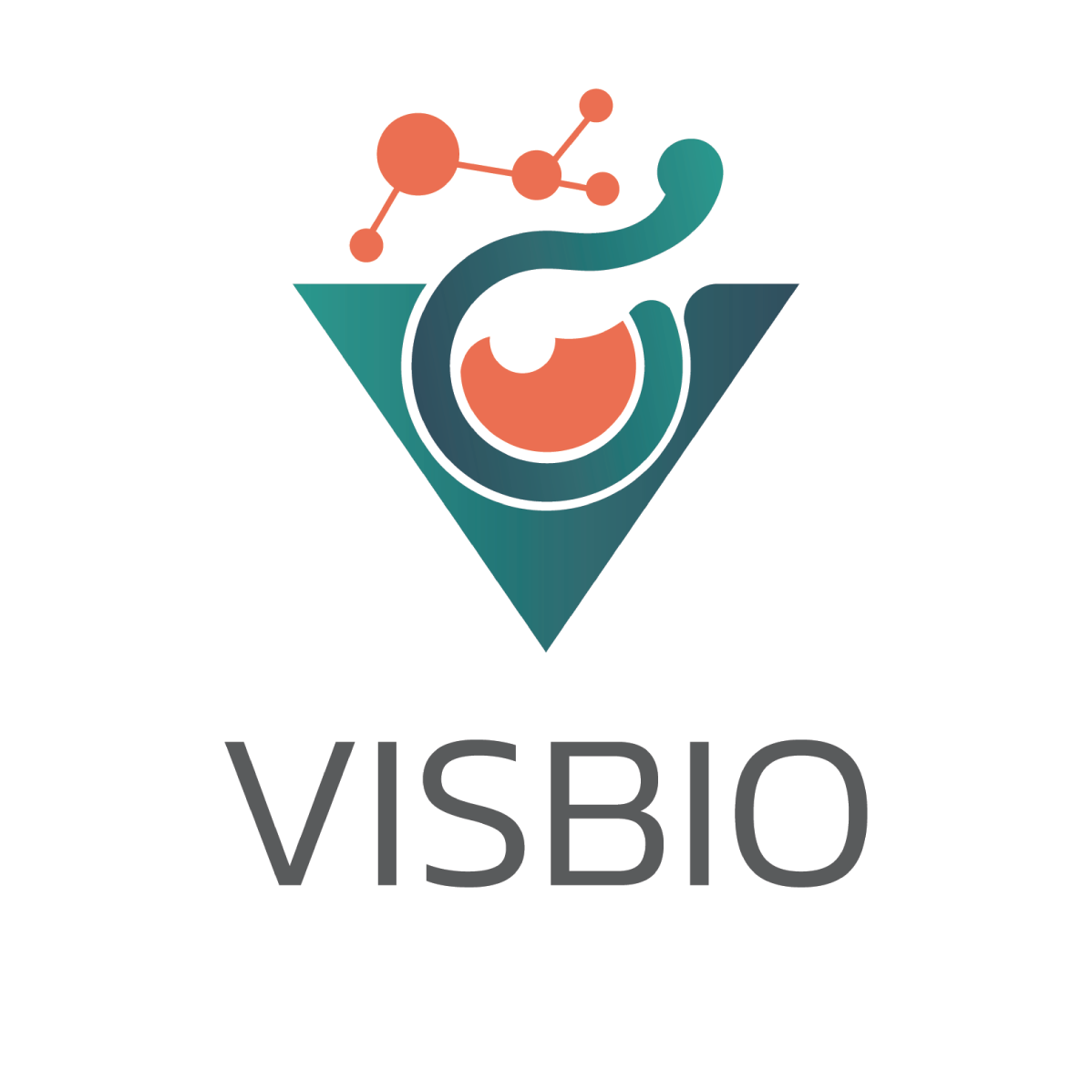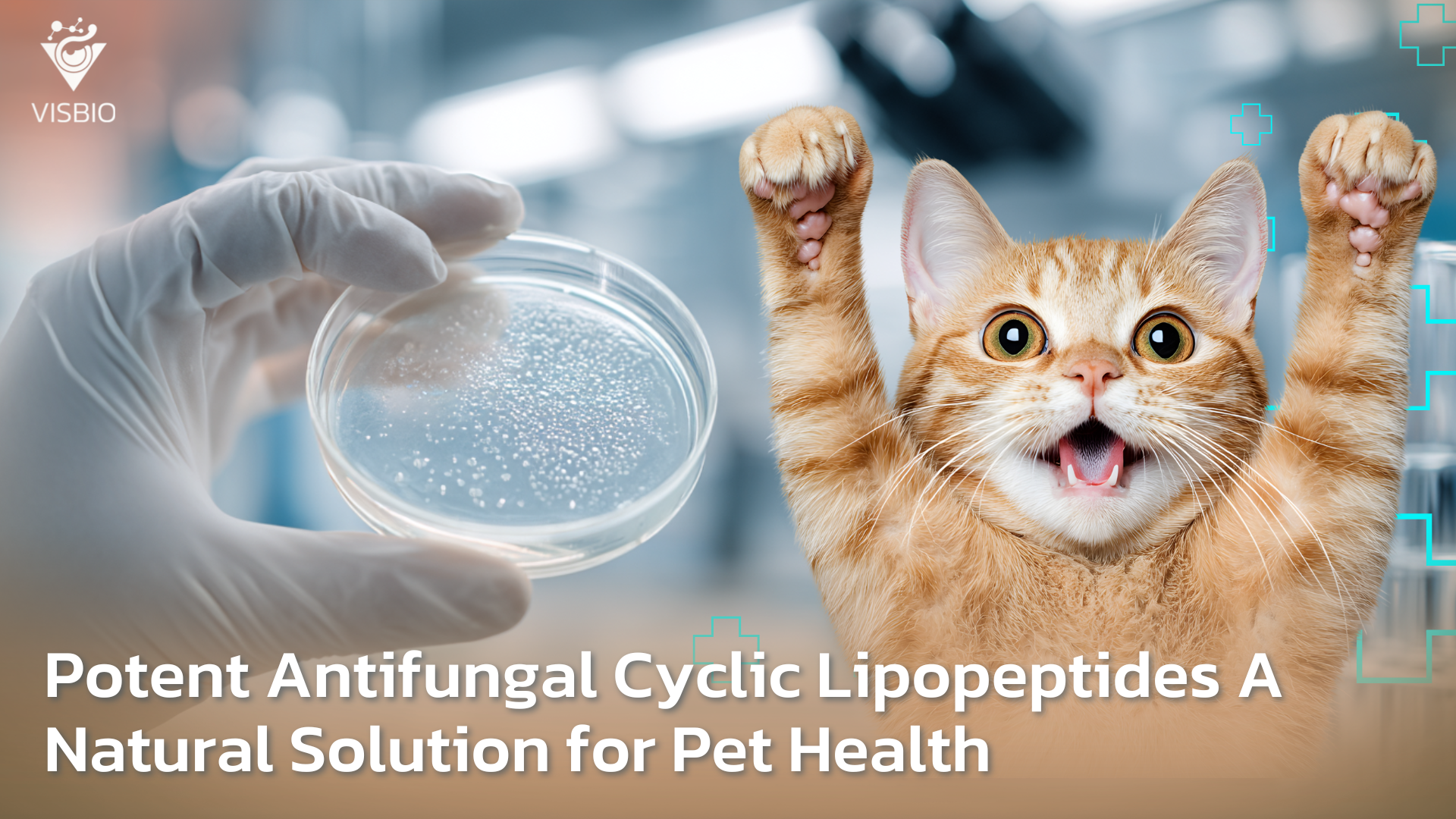The global pet care industry is experiencing unprecedented growth, driven by a generation of owners who view their pets as integral family members and demand the highest standards of health and wellness. This “humanization of pets” trend has fueled a significant market appetite for advanced veterinary solutions that are not only effective but also safe and derived from natural sources. A persistent challenge in this market is the prevalence of dermatophytosis, or ringworm, a common and highly contagious fungal infection that causes significant discomfort in pets. Critically, it is also a zoonotic disease, meaning it can be transmitted to humans. As concerns over antifungal drug resistance grow, the need for innovative, alternative treatments has never been more critical, leading researchers to explore potent natural compounds like Cyclic lipopeptides.
This is where groundbreaking research led by Associate Professor Dr. Kiattawee Choowongkomon offers a powerful solution. This work harnesses the power of biotechnology to turn a beneficial bacterium into a formidable weapon against these stubborn fungal pathogens. By isolating and validating this specific class of molecules from Bacillus subtilis, the research creates new and exciting commercialization opportunities for the veterinary, pharmaceutical, and premium pet care sectors, paving the way for a new generation of natural antifungal treatments.
The Challenge of Fungal Infections and Microsporum canis
Microsporum canis (M. canis) is a primary dermatophyte fungal pathogen responsible for causing ringworm. This disease affects the skin, hair, and claws of animals, with cats being a dominant reservoir for transmission to other animals and to humans. This pathogen is not just an animal health issue; its zoonotic nature means it can easily spread to pet owners, particularly children, through direct contact or contaminated environments. This makes it a significant public health concern, driving the need for effective and fast-acting treatments.
Standard treatments for ringworm often rely on systemic or topical antifungal drugs like itraconazole and ketoconazole. However, their efficacy is increasingly threatened by the rise of resistant fungal strains, which can lead to prolonged, difficult-to-treat infections and a higher risk of transmission. This growing problem of antifungal drug resistance creates a distinct market gap and a compelling business case for the product development of new, effective, and safe antifungal agents. This is where industry-academia collaboration becomes essential, providing a bridge from fundamental scientific discovery to clinically validated, market-ready solutions.
Harnessing Bacillus subtilis to Produce Antifungal Cyclic Lipopeptides
In the quest for new treatments to combat resistant fungi, researchers are increasingly exploring biological alternatives, and the bacterium Bacillus subtilis (B. subtilis) has emerged as a star player. This remarkable bacterium is known for its ability to produce a wide array of potent antifungal metabolites, allowing it to act as a natural antagonist to pathogenic fungi in its environment. The secret to its power lies in a class of molecules it synthesizes called Cyclic lipopeptides (CLPs).
These compounds have a unique and powerful structure, typically consisting of a peptide ring of amino acids linked to a fatty acid tail. This dual-natured structure allows them to easily insert themselves into the cellular membranes of fungi, disrupting their integrity and causing fatal leakage of cellular contents. This mechanism effectively stops fungal growth and spore development. The research team focused on three key CLP families produced by B. subtilis known for their antifungal properties: iturin A, fengycin, and surfactin. Previous studies have confirmed that these CLPs are safe for mammal cells, making them excellent candidates for therapeutic product development.
Validating the Potency and Synergy of Cyclic Lipopeptides
To move from a promising concept to a commercially viable solution, rigorous scientific testing is paramount. The research team conducted a study to measure the direct efficacy of these CLPs against M. canis isolates taken from cats with confirmed ringworm infections. The study aimed to determine the half-maximal effective concentration (EC50), the concentration of a substance required to inhibit 50% of fungal growth. A lower EC50 value indicates higher potency. The results were definitive and highly encouraging. Fengycin was the most potent individual compound, with an impressive EC50 of just 0.05 mg/mL. Surfactin also showed high potency with an EC50 of 0.08 mg/mL, followed by iturin A at 0.17 mg/mL. The unpurified CLP extract, a natural mixture of all three, also showed strong activity with an EC50 of 0.23 mg/mL.
While the individual compounds were potent, the most compelling data for commercial application came from the agar well diffusion assay, which measured the inhibition of fungal growth over a 72-hour period. While there was no statistically significant difference between the treatments at 24 and 48 hours, the 72-hour results revealed a crucial insight. The unpurified CLP extract demonstrated the highest and most sustained antifungal action, achieving a statistically significant inhibition of 62.21%. This was superior to the individual effects of surfactin (59.04%), iturin A (47.21%), and even the highly potent fengycin (41.95%) at the same time point.
This outcome strongly suggests a powerful synergistic effect, where the natural combination of the three CLPs in the extract is more powerful and durable than any single component on its own over time. This is a significant commercial advantage. It indicates that a less expensive, unpurified mixture can yield the most effective final product for long-term treatment, simplifying the manufacturing process while maximizing the therapeutic outcome. This synergy is a key differentiator for developing a successful natural antifungal treatment.
Commercial Opportunities for Antifungal Cyclic Lipopeptides
For companies in the pharmaceutical, biotechnology, and premium pet care sectors, this research presents a clear and valuable opportunity. The scientifically validated efficacy of CLPs against M. canis provides a direct pathway to developing innovative products that meet a pressing market need. The global demand for natural, safe, and effective veterinary treatments is surging, and this technology positions your business at the forefront of this powerful consumer trend. Investing in the commercialization opportunities presented by this research allows you to develop a new generation of veterinary pharmaceuticals and wellness products.
Potential applications include:
- Proprietary Topical Treatments: A topical cream, ointment, or medicated shampoo for treating ringworm in cats, dogs, and other companion animals. This would offer a powerful and natural alternative to conventional drugs that may be facing resistance issues.
- Medicated Preventative Products: Antifungal wipes, cleansing foams, or sanitizing sprays designed for pet bedding, toys, and living areas to reduce environmental contamination and prevent reinfection or transmission to other pets and humans.
- Specialized Veterinary Disinfectants: Non-toxic, biodegradable disinfectants for use in veterinary clinics, animal shelters, and grooming salons. These products would ensure a safe environment for both animals and staff by effectively eliminating M. canis spores from surfaces without the use of harsh chemicals.
By leveraging this research, your company can build a product line based on a natural, potent, and scientifically proven solution. This creates a strong competitive advantage and a brand identity rooted in cutting-edge biotechnology and a commitment to safe, natural pet wellness.
Partnering with VISBIO to Pioneer the Future of Natural Antifungals
The findings of this study mark a significant step forward in the development of natural therapies for animal health. The ability of Bacillus subtilis CLPs to potently inhibit M. canis growth underscores the immense potential of microbial biotechnology in modern veterinary medicine. As the market continues to shift away from traditional chemical treatments, solutions like this—which are effective, safe, and sustainable—will undoubtedly lead the future of pet care innovation. The path from this exciting discovery to a successful product is accelerated through strategic partnership. We invite companies in the veterinary, pharmaceutical, and pet care industries to collaborate with us in translating this powerful research into market-leading products. Contact us for a free, no-obligation consultation to explore how your business can leverage this innovative science.

About the Author:
Associate Professor Dr. Kiattawee Choowongkomon is a leading expert in biochemistry and proteomics, specializing in the development of bioactive compounds for therapeutic applications. His research bridges traditional medicinal knowledge with modern scientific innovation, creating impactful health solutions.
About the Research:
This study, titled “Efficacy of cyclic lipopeptides obtained from Bacillus subtilis to inhibit the growth of Microsporum canis isolated from cats,” was published in the journal Heliyon (2021) with the DOI 10.1016/j.heliyon.2021.e07980. The research provides an in-vitro validation of the antifungal properties of a CLP extract and its key components—fengycin, iturin A, and surfactin—against M. canis. The study highlights the potent EC50 values of each compound and demonstrates a superior synergistic effect of the natural extract at 72 hours. It positions these naturally derived metabolites as a powerful alternative for developing new biomedicine agents to treat ringworm.


